|
|
| Пишет kavery ( @ 2007-04-20 14:15:00 |
|
|
|
|
|
|
|
|
|
|
|
|
|
|
Сестры Martha Darley Mutrie и Annie Feray Mutrie
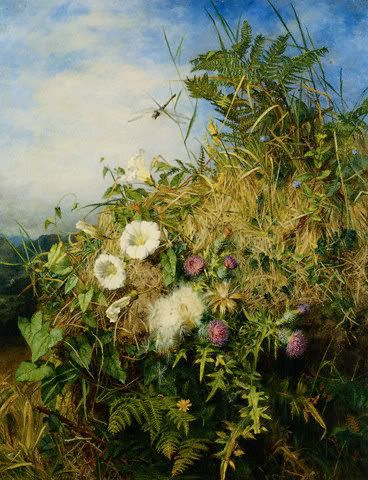
Martha Darley Mutrie (British, 1824-1885)
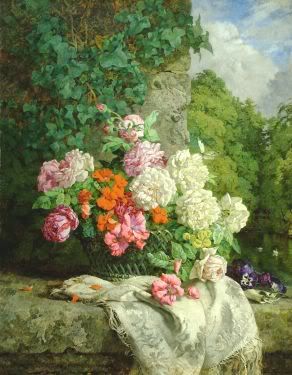
Annie Feray Mutrie (1826-93)
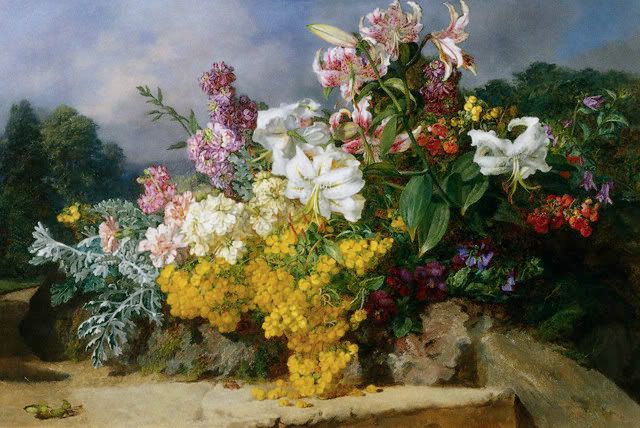 </a>
</a>
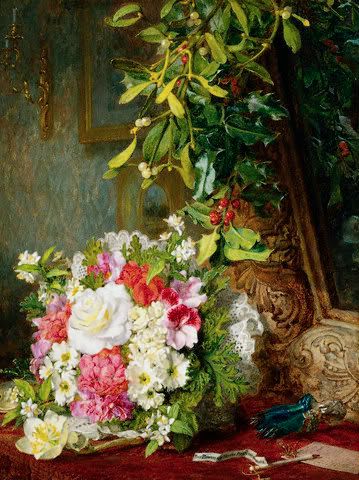
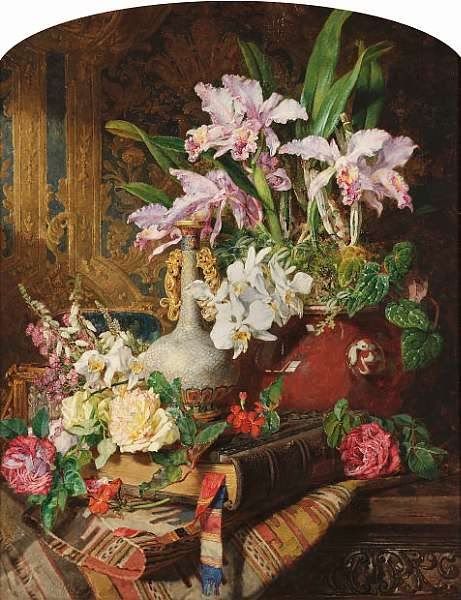
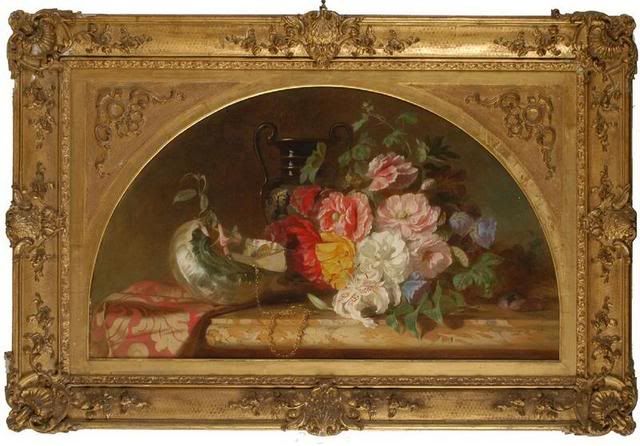
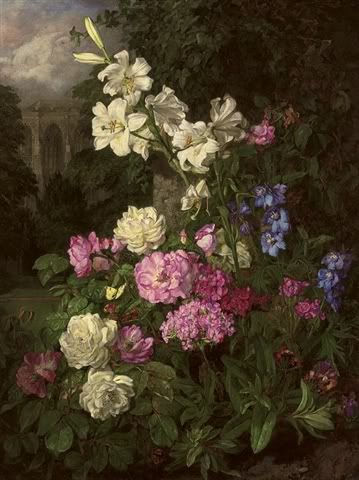

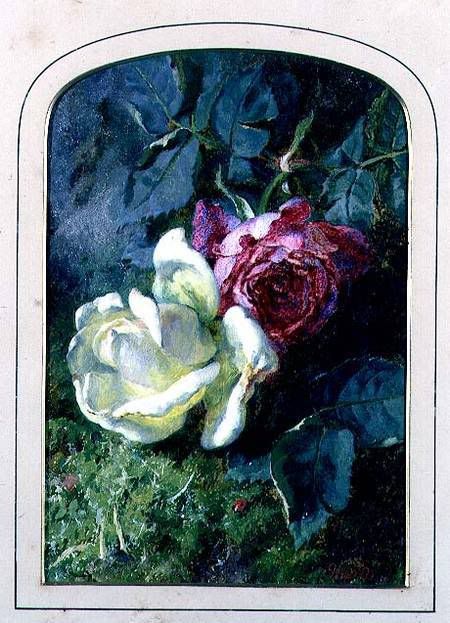
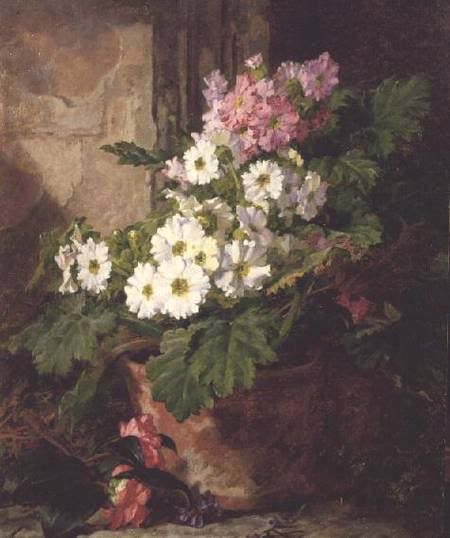
--------------
Annie Feray Mutrie
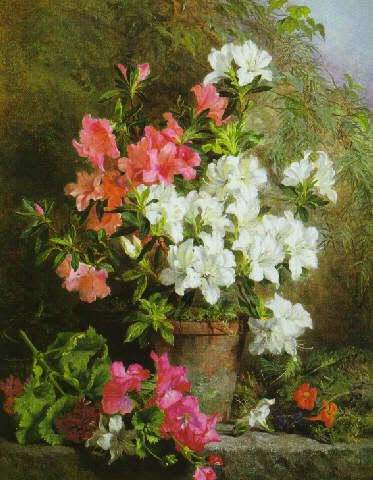
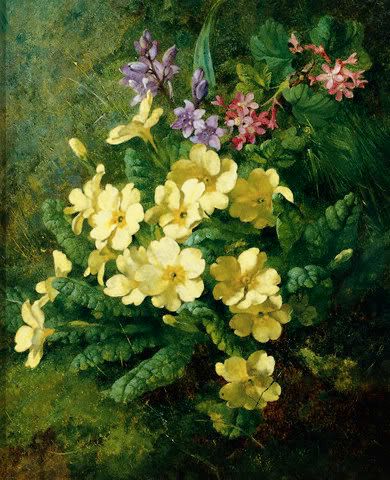
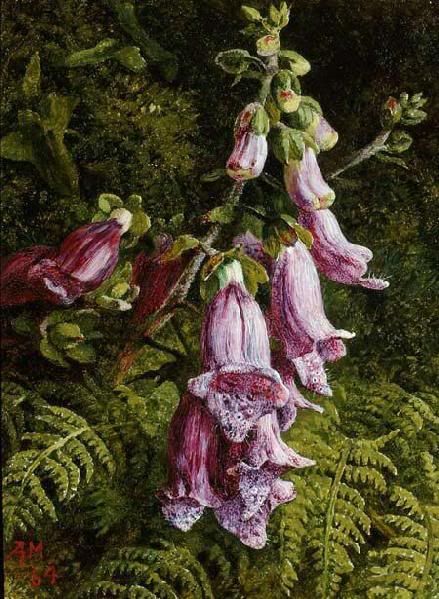
Annie Feray Mutrie along with her elder sister, Martha Darley Mutrie (1825-1885), were considered the foremost British flower-painters in oil of their day. Both sisters were born in Manchester and studied at the Manchester School of Design under George Wallis.
Their contributions to the Royal Academy exhibitions began in the early1850s and in 1854 Annie and her sister moved to London. In the following year, Annie’s exhibit at the Royal Academy attracted the notice of John Ruskin who wrote: “… all these flower paintings are remarkable for very lovely, pure, and yet unobtrusive colour –perfectly tender and yet luscious, and a richness of petal texture that seems absolutely scented” (J. Ruskin: Academy Notes, 1855). Ruskin’s praise is all the more flattering given his famous scepticism regarding the abilities of female artists. Rarely mentioning paintings by women in the Notes at all, he mentions Annie on several occasions and owned two paintings by the sisters. Their work was also bought by fellow artists Augustus Egg, Thomas Creswick, F. R. Lee and J. B. Pyne and was held in high esteem by leading collectors of contemporary art. In 1858 the Athenaeum dubbed Martha “The Rosa Bonheur of Azaleas”.
The importance of the sisters to their contemporaries is best reflected by the fact that they were among the first women nominated as Royal Academicians (Martha in 1868 and 1869 and Annie in 1870), nominations which were made despite the fact that the Academy controversially practised a ban on female membership at the time. Perhaps it was his appreciation of the Mutrie sisters that led Ruskin eventually to change his mind about women artists: “For a long time I used to say… that, except in a graceful and minor way, women could not paint or draw. I am beginning lately to bow myself to the much more delightful conviction that nobody else can” (Cook and Wedderburn (eds.) Life and letters and complete works of John Ruskin, (1903) vol. 33, p. 280). Annie Mutrie died in Brighton in 1893. Her work is represented in the Victoria and Albert Museum, London; the Harris Museum and Art Gallery, Preston; the Russell-Cotes Museum and Art Gallery, Bournemouth; and the Tunbridge Wells Museum and Art Gallery.

Martha Darley Mutrie (British, 1824-1885)

Annie Feray Mutrie (1826-93)
 </a>
</a>






--------------
Annie Feray Mutrie



Annie Feray Mutrie along with her elder sister, Martha Darley Mutrie (1825-1885), were considered the foremost British flower-painters in oil of their day. Both sisters were born in Manchester and studied at the Manchester School of Design under George Wallis.
Their contributions to the Royal Academy exhibitions began in the early1850s and in 1854 Annie and her sister moved to London. In the following year, Annie’s exhibit at the Royal Academy attracted the notice of John Ruskin who wrote: “… all these flower paintings are remarkable for very lovely, pure, and yet unobtrusive colour –perfectly tender and yet luscious, and a richness of petal texture that seems absolutely scented” (J. Ruskin: Academy Notes, 1855). Ruskin’s praise is all the more flattering given his famous scepticism regarding the abilities of female artists. Rarely mentioning paintings by women in the Notes at all, he mentions Annie on several occasions and owned two paintings by the sisters. Their work was also bought by fellow artists Augustus Egg, Thomas Creswick, F. R. Lee and J. B. Pyne and was held in high esteem by leading collectors of contemporary art. In 1858 the Athenaeum dubbed Martha “The Rosa Bonheur of Azaleas”.
The importance of the sisters to their contemporaries is best reflected by the fact that they were among the first women nominated as Royal Academicians (Martha in 1868 and 1869 and Annie in 1870), nominations which were made despite the fact that the Academy controversially practised a ban on female membership at the time. Perhaps it was his appreciation of the Mutrie sisters that led Ruskin eventually to change his mind about women artists: “For a long time I used to say… that, except in a graceful and minor way, women could not paint or draw. I am beginning lately to bow myself to the much more delightful conviction that nobody else can” (Cook and Wedderburn (eds.) Life and letters and complete works of John Ruskin, (1903) vol. 33, p. 280). Annie Mutrie died in Brighton in 1893. Her work is represented in the Victoria and Albert Museum, London; the Harris Museum and Art Gallery, Preston; the Russell-Cotes Museum and Art Gallery, Bournemouth; and the Tunbridge Wells Museum and Art Gallery.